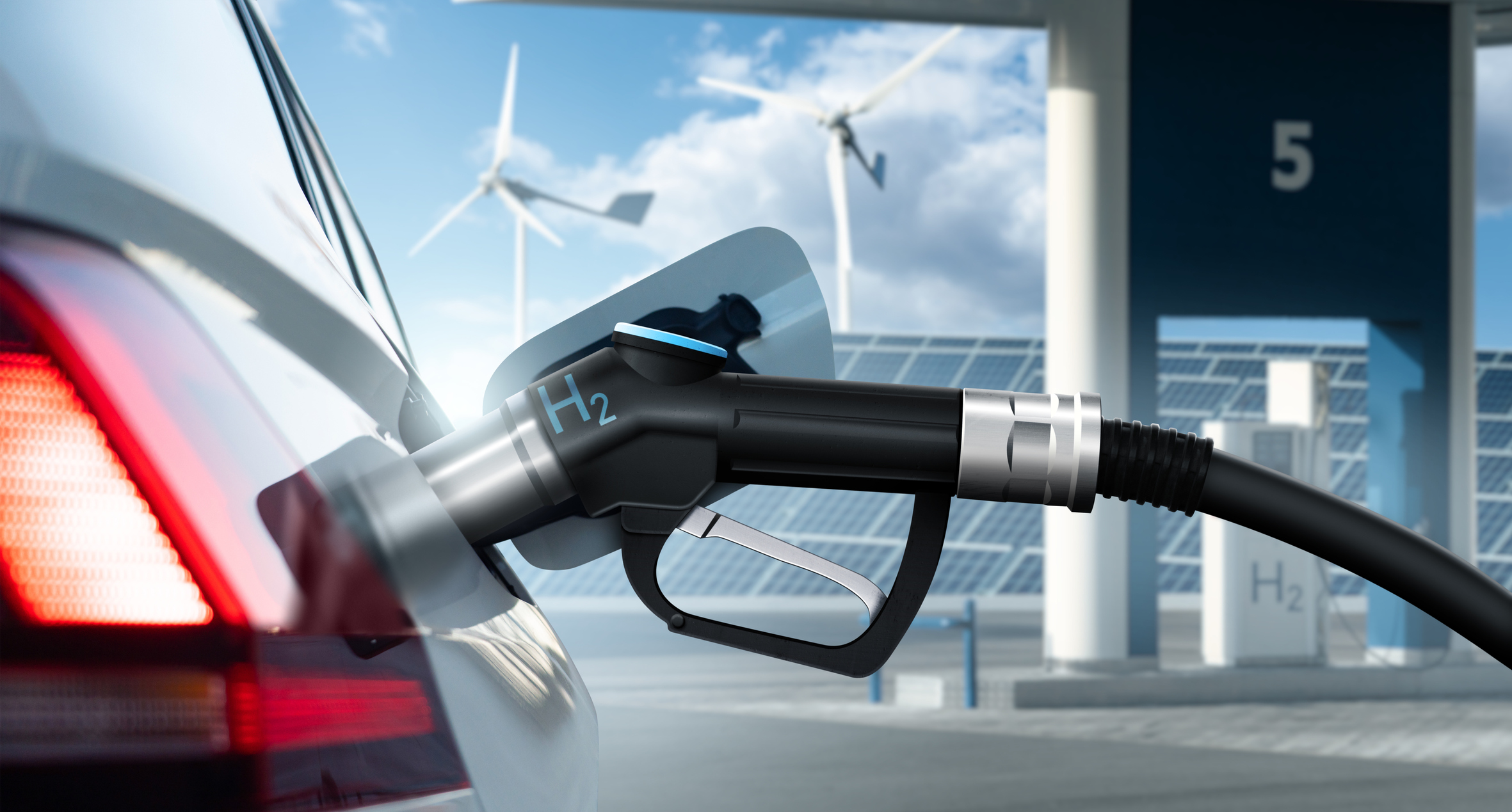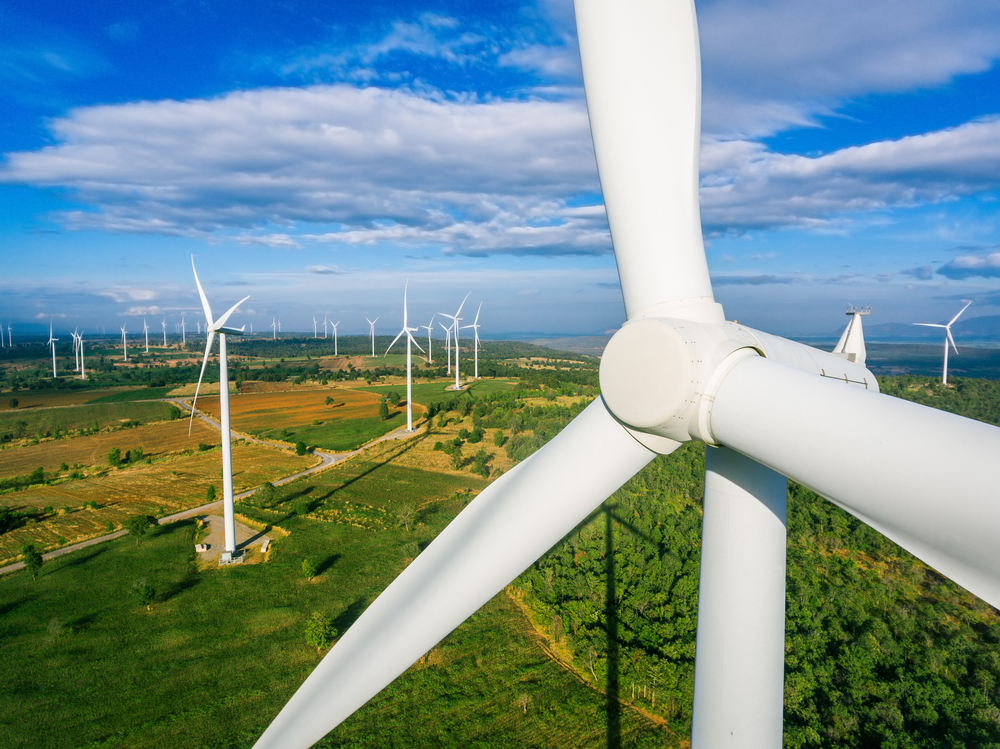We must continue making progress toward decarbonisation of the energy system so that it is neutral in greenhouse gas (GHG) emissions while at the same time ensuring supply security and economic competitiveness. Transforming our economic model, and specifically the energy model, is not an easy task. That's why we must define new, clear and resilient policies that can have an impact in an ever-changing environment. Here is where the importance of innovation and technological development comes into play. They can provide disruptive solutions that facilitate and accelerate the decarbonisation process of the economy.
Relevance of R&D&I
R&D&I drives prosperity and economic growth for companies, sectors, and countries. That's why the energy transition needs an innovative force in achieving decarbonisation. The energy sector requires new, more environmentally-friendly technologies at more efficient and competitive prices and a smart and sustainable system in which we can create new, innovative business models.
In the next twenty years, an enormous amount of research, coordination, and innovation is needed to make the low or zero-carbon emissions solutions economically viable and promote technologies that are still not very well developed or not well known in the market.
Areas of technology
Investment in R&D&I should be focused on finding carbon-neutral solutions in areas like electrification (renewable energy, energy communities, smart networks, and batteries), renewable hydrogen and fuel cells, energy storage, decarbonisation of industry (especially energy-intensive ones so that they can be carbon neutral), the circular economy, bio-economy, and the sustainable growth of agriculture and forestry.
To do this, countries must first overcome the challenge of creating an appropriate regulatory framework that promotes financial instruments for carrying out these projects and other high-risk disruptive innovations.
Innovation and technological development are critical to continue making progress in an energy transition that drives us toward decarbonisation of the economy.
Open innovation
their limits, and cooperation with organisations and external professionals to develop new disruptive solutions for anticipated challenges. Businesses and industries better understand that the complexity of our reality means that there is no single solution. Furthermore, the most interesting innovations are produced when different sectors, disciplines, and ideas intersect because they demand a joint effort and focus.
The concept of open innovation is increasingly more common in the energy sector. A large part of R&D investment is made by companies that are not necessarily part of the sector but are just suppliers. Their innovations are possible because they leverage knowledge from various disciplines and collaborations arise between companies in different fields. An example is the joint work between energy companies and information and communication technology (ICT) companies to incorporate smart technologies in the energy sector and for digitalising the sector.
Public–private sector collaboration
So that innovation can produce expected results, it's important to have greater public-private integration that incentivises collaboration between different agents and identifies the essential elements for guiding R&D&I and investments.
European funding is an excellent opportunity for public-private collaboration to gather all agents to develop high-impact disruptive projects that will be highly influential on productive fabric as a whole. This collaboration will also allow us to incorporate all links in the industrial value chain and contribute very positively to the structuring of the European territory.



